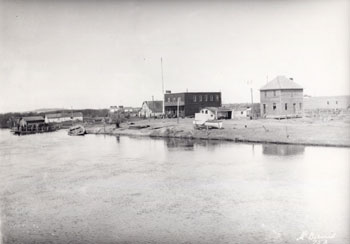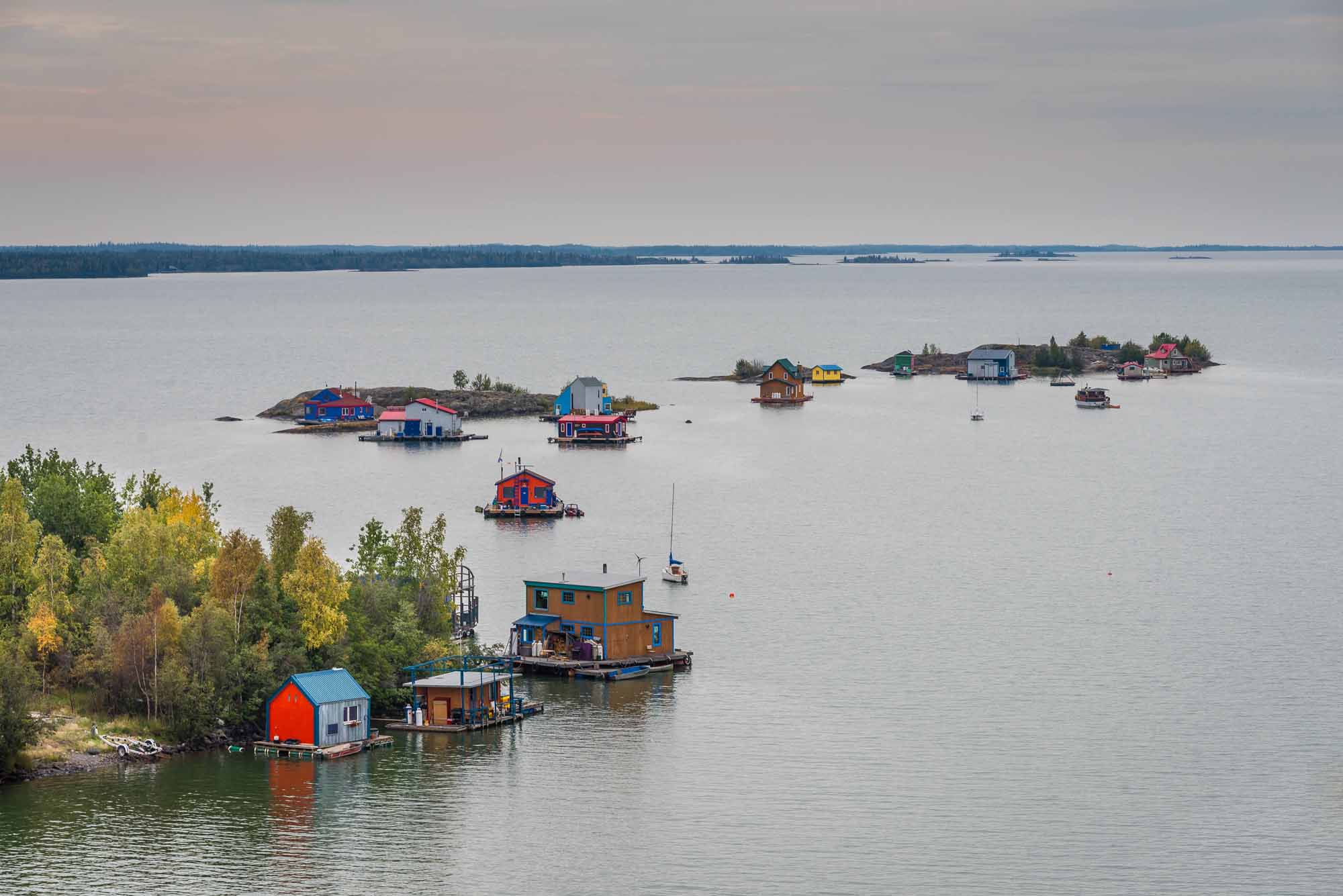Settlement
A fur trade post was active in Slave Lake in the early 1800s, but most activity was centred at the settlement of Lesser Slave Lake (now Grouard) on the northwest end of the lake. At the turn of the 20th century, the site was a focus for the riverboats that connected Edmonton to the Peace River country. In 1909, the telegraph came through and in 1914 the railway.
Development and Economy

By 1906, the settlement of Sawridge had begun. Sawridge was renamed Slave Lake in 1922. After the disastrous flood of 1935-36, the town was moved 2 km to its present location. Slave Lake experienced a boom in the Second World War with the construction of the Alaska Highway, and later from the 1950s to 1980s with the development of its timber and oil resources. Forestry and petroleum exploration and development continue to be the town’s economic mainstays, with tourism increasing in importance. Attractions include the beaches of Lesser Slave Lake and a bird observatory.
2011 Forest Fire
In May 2011, dry conditions and high winds led to the rapid spread of a forest fire around Slave Lake, Alberta. The 7,000-person town was evacuated; residents later returned to find one-third of their homes and businesses incinerated. The event was one of the costliest natural disasters in Canadian history, with insurable damage totalling $700 million. One firefighting helicopter pilot died following a crash into Lesser Slave Lake.

 Share on Facebook
Share on Facebook Share on X
Share on X Share by Email
Share by Email Share on Google Classroom
Share on Google Classroom



